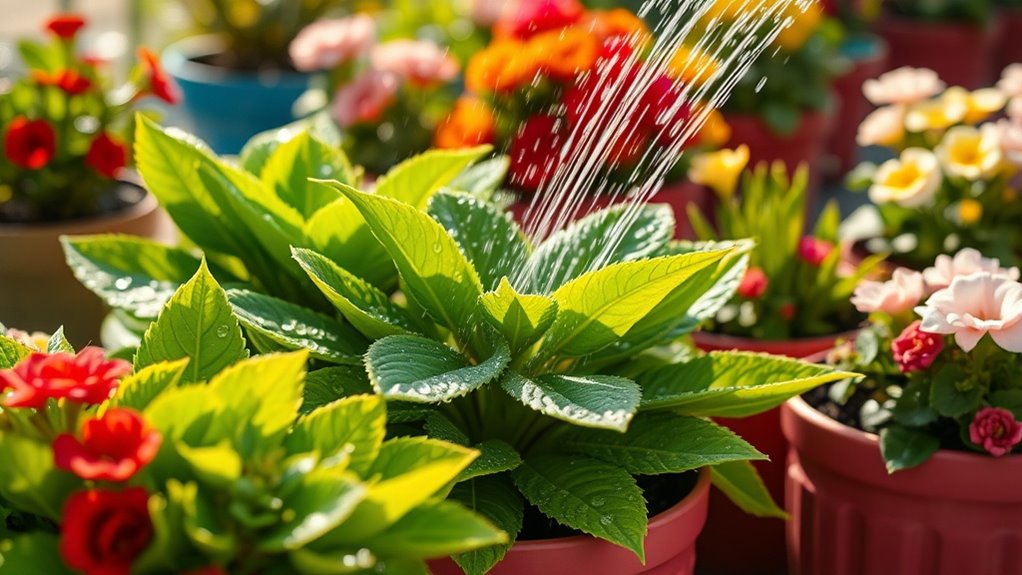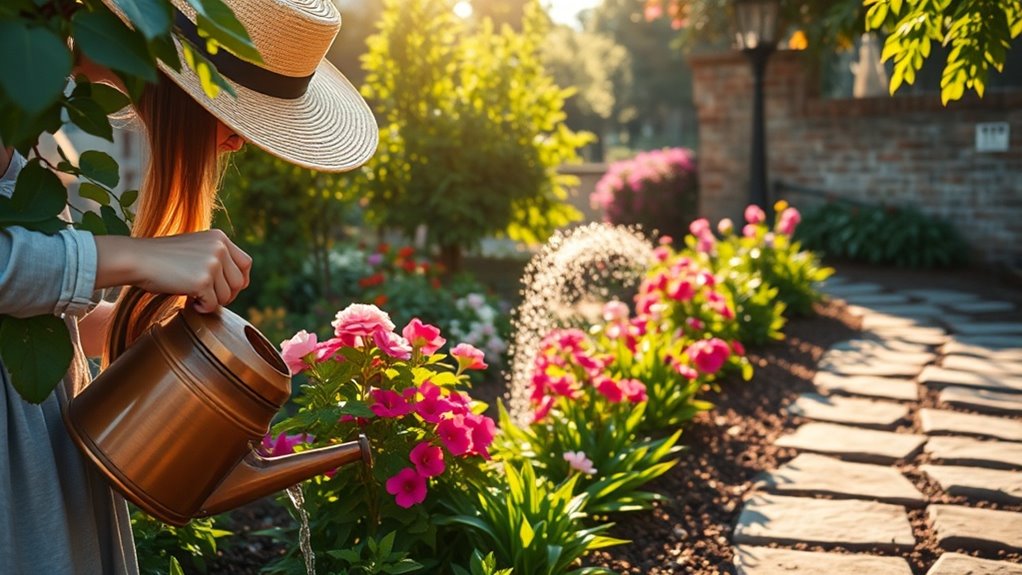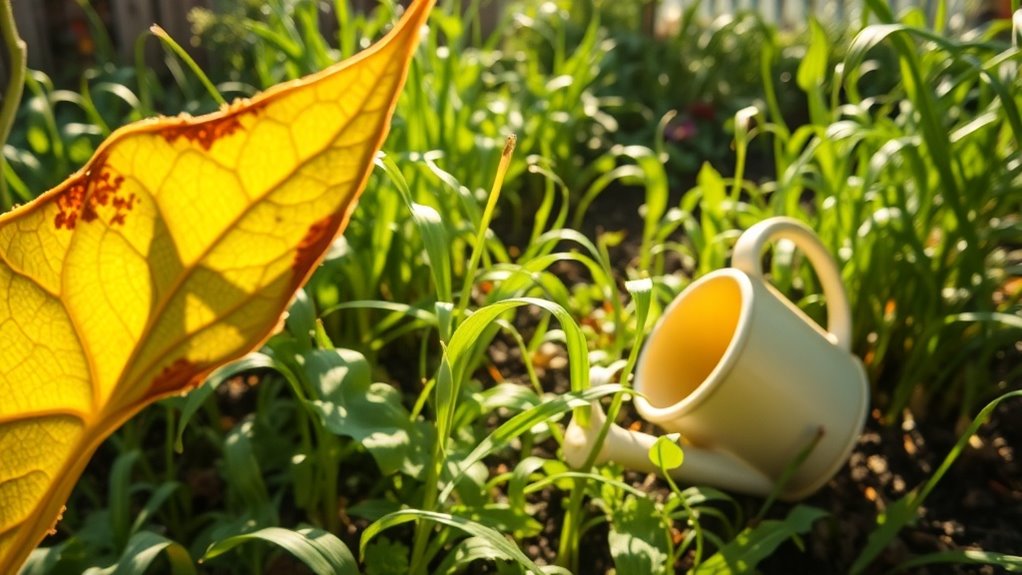The 4-Step Morning Routine That Keeps Your Garden Thriving
Have you ever wondered why some gardens flourish while others struggle? The right morning routine can make all the difference. By assessing your garden’s specific needs, watering effectively, pruning wisely, and monitoring for pests, you’ll set the stage for vibrant growth. Each step plays a crucial role in maintaining your garden’s health and vitality. But what’s the secret to knowing when and how to implement these actions for the best results?
Key Takeaways
- Start by assessing soil moisture levels and check for compaction to ensure optimal growing conditions.
- Water early in the morning using a soaker hose for deep, slow irrigation, minimizing evaporation and disease risk.
- Inspect plants for pests, diseases, or signs of stress, addressing any issues promptly to prevent spread.
- Prune dead flowers and branches to encourage new growth and improve air circulation and sunlight exposure.
- Plan for seasonal changes by adjusting watering schedules and using mulch or protective covers as needed.
Assessing Your Garden’s Needs
As you step into your garden each morning, it’s essential to assess its needs to ensure optimal growth and health.
Start your garden routine by examining the soil; check for moisture levels and signs of compaction.
Look for any weeds that might compete for nutrients, and remove them promptly.
Inspect your plants for pests or diseases, noting any changes in leaves or stems.
Finally, evaluate the overall layout—are your plants thriving in their designated spots? Additionally, consider implementing a simple morning routine to streamline your garden care efforts.
Watering Wisely
How do you ensure your garden receives just the right amount of water?
Watering wisely is crucial for healthy plants.
Here are three essential tips:
- Water early: Morning is the best time to hydrate your garden, reducing evaporation and fungal diseases.
- Check soil moisture: Insert your finger into the soil; if it’s dry an inch down, it’s time to water.
- Use a soaker hose: This method delivers water slowly and deeply, encouraging roots to grow stronger. Additionally, watering early in the day helps maximize water absorption by your plants.
Pruning and Deadheading
Pruning and deadheading play vital roles in maintaining a vibrant and productive garden.
Start by regularly removing spent flowers, which encourages new blooms and keeps your plants looking tidy.
Use sharp, clean pruners to snip off dead or wilted flowers just above the first set of healthy leaves.
For pruning, focus on shaping your plants, removing any dead or crossing branches to improve air circulation and sunlight exposure.
This not only enhances plant health but promotes better growth. Additionally, using sharp, clean tools for these tasks ensures optimal performance and longevity of your garden equipment.
Make this part of your morning routine, and you’ll notice a significant difference in your garden’s vitality and overall appearance.
Monitoring for Pests and Diseases
Keep a watchful eye on your garden to catch any signs of pests and diseases early.
Regular monitoring helps you maintain plant health and prevent widespread damage. Look for:
- Discoloration: Leaves turning yellow or brown can indicate stress or disease.
- Webbing or holes: These might signal insect infestations, like spider mites or caterpillars.
- Wilting or stunted growth: This could mean root problems or disease.
Inspect your plants frequently, especially the undersides of leaves. Early detection of common garden diseases can significantly improve your chances of successful treatment.
If you spot any issues, act quickly to treat them with organic solutions or targeted pesticides to protect your garden’s vitality.
Planning for Seasonal Changes
As you monitor your garden for pests and diseases, it’s also important to prepare for the upcoming seasonal changes that can affect your plants.
Start by assessing your current climate and predicting shifts, like frost or heat waves.
Adjust your watering schedule accordingly, ensuring plants receive adequate moisture without overwatering.
Consider planting seasonal crops suited for the changing weather, and don’t forget to mulch to retain soil moisture and regulate temperature.
Additionally, protect delicate plants with row covers or cloches during colder months. To enhance your garden’s productivity, consult a seasonal planting guide that outlines optimal planting times for various crops.





